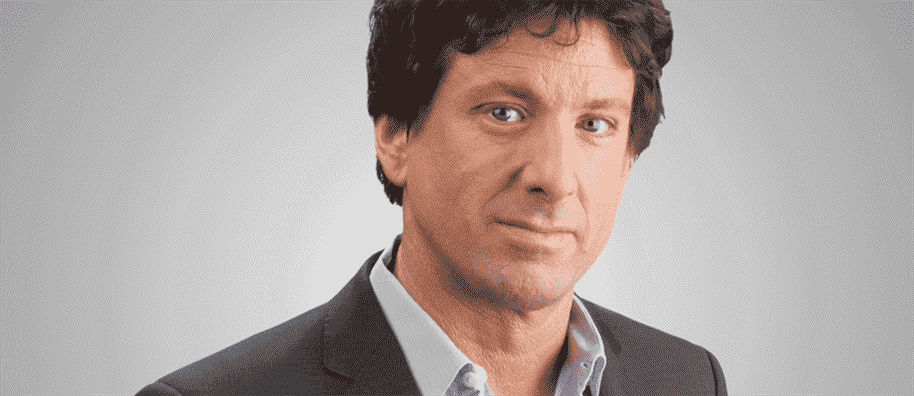Is Montreal a dangerous city?
Almost every week brings its new tragedy. Thursday was Hani Ouahdi, 20, shot dead in Anjou. Two weeks earlier: Thomas Trudel, 16, was shot in the middle of the street, for no apparent reason. End of October: Jannai Dopwell-Bailey, 16, was stabbed to death in Côte-des-Neiges. Plus all the shootings. Stray bullets. Weapons in circulation.
“I no longer recognize Montreal,” said the premier of Quebec.
It reflected the collective feeling of insecurity. And the need to intervene, especially with regard to gun violence.
But precisely, it is a feeling.
In fact, Montreal is – by far – one of the safest large cities in North America and Canada, and one that has rarely been so safe for half a century.
I am in no way trying to dilute the sorrow and the drama in the water of statistics. Each assault is immeasurable, incalculable.
Nor am I trying to say that there is no problem with the circulation of firearms. Or that armed gang violence is not serious. These problems are very real and call for a series of urgent police, social and political responses.
However, I have some against the somewhat murky, sometimes opportunistic political discourse which is grafted onto the sad reality of crime. And who wants to portray Montreal as a wild west.
Yes, there are serious crimes in this city, and they must be tackled. There are also a lot more guns in circulation, and that is cause for concern.
No, contrary to what we hear and read these days, Montreal is not an “American” city – major American cities have homicide rates 5 to 15 times higher.
We deplore 32 homicides so far in Montreal, in 2021. For the previous 10 years, the number of murders was 23 to 35.
For all of Quebec, there were 87 homicides in 2020. This is two to three times less than what was observed in the years 1970-1980-1990.
In the island of Montreal alone, there were more assassinations than in all of Quebec now.
Montreal was therefore a much more “dangerous” city 20, 30 or 50 years ago.
Sadly, absurd murders of teenagers did occur, and more often than today. The newspapers were full of them.
One example among a hundred. By looking at random, I find a text of Press of 1989 reporting the murder of a young man of 16 years “without history” killed in the subway with knives. It was in July 1989. It was already, in the middle of the year, the 53e murder in town. The third in Montreal public transport.
I insist: I am not trying to downplay each of these crimes. They are all of infinite sadness.
I am simply warning us against the media and political discourse that tells us “it was better before”.
It was much worse before.
“The level of crime is at its lowest since the peak of the early 1990s,” says criminologist Rémi Boivin, of the University of Montreal, a former analyst at the Montreal police, who studies these questions … and the impact of dissemination of videos on the perception of security.
There have been several incidents involving firearms reported this year, and certainly enough to call for crime-fighting strategies; but nothing to detect a trend. “Anyone who claims that we are seeing an upward trend would be a smuggler,” he said.
On the other hand, each event has a great impact, especially since they are more often filmed.
I will be told that, even if it is statistically unfounded, the feeling of insecurity is very real and must be “managed”.
I agree with that.
But we still have to tackle it with evidence.
And not to confuse the fight against crime with the general denigration of the city – and, of course, among some commentators, some crappy theories or allusions to residents of “hot” neighborhoods, as if by chance minorities, or immigrants.
Yes, there is gun violence to be combated vigorously. But no, Montreal is not a more dangerous city – quite the contrary.
And yes, we have to make it even safer tomorrow.
